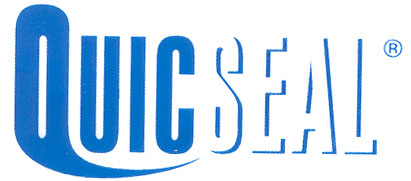
 |
Hot-pour Rubberised Sealant Description Uses Advantages Joint Preparation Cement concrete joints: Prime joints sides with QUICSEAL 206 Penetrating Primer and allow to dry completely (approximately 30 minutes). Pour sealant on the same day, within 6 hours after priming. Asphaltic concrete or mastic asphalt joints : Prime as
above. Alternatively, carefully heat the faces of the joints with a propane
burner until the bitumen binder starts to melt and pour the sealant immediately. Application Temperature control is important. Do not allow oil temperature to exceed 240¡ãC or the temperature of the molten sealant to exceed 180¡ãC. QUICSEAL 206 will pour satisfactorily at temperatures of 145oC to 155¡ãC. Stir the contents of the kettle at frequent intervals during the melting process. Once melted, the sealant can be stored hot without stirring but should be used within 2 to 3 hours. Do not use material, which has gone cold and re-heated. Allow the poured sealant to dry and settle for 4 ¨C 5 hours before opening traffic. Excess material can be removed when cold with chisel wetted
to minimise sticking.
|